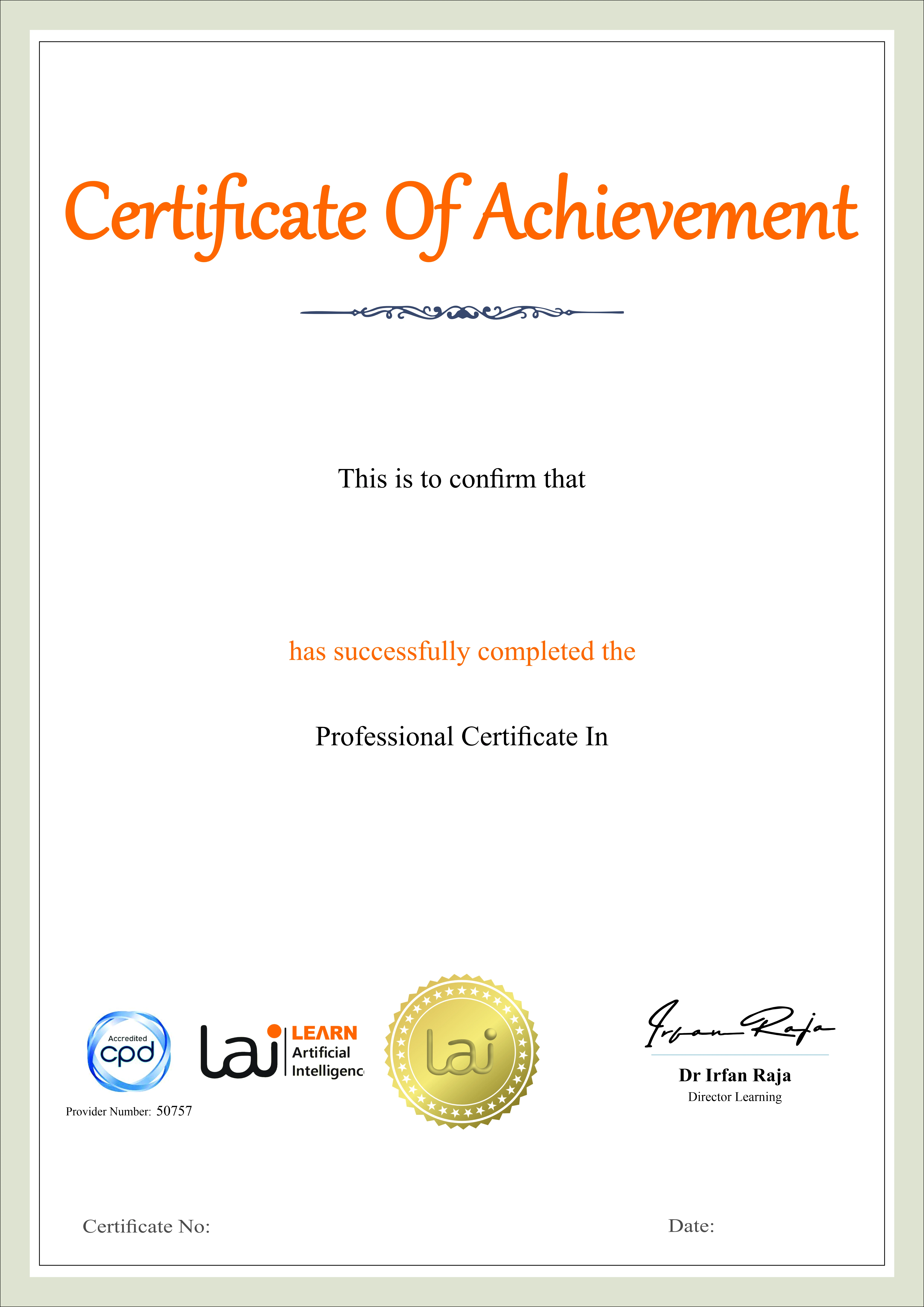The Speech Recognition Basics course is designed to provide a comprehensive introduction to the technology of speech recognition and its applications.
Speech Recognition Basics
The Speech Recognition Basics course is designed to provide a comprehensive introduction to the technology of speech recognition and its applications. Speech recognition, or converting speech to text, has become integral to many modern technologies, from virtual assistants like Siri and Alexa to automated transcription services. In this course, we explore the fundamentals of speech recognition systems, from the underlying signal processing techniques to the machine learning models that drive them. By the end of the course, you will have a solid understanding of how speech recognition works, its challenges, and the methods used to enhance accuracy and efficiency.
This course provides both theoretical knowledge and practical skills, with hands-on modules focused on key aspects of speech recognition, including signal processing, machine learning, and deep learning. Whether you're new to speech recognition or looking to enhance your expertise, this course is the perfect starting point for anyone interested in this field.
This course is ideal for individuals who are interested in learning the basics of speech recognition technology. It’s perfect for students, developers, data scientists, or AI enthusiasts looking to dive into the field of speech recognition. If you're a software engineer or data scientist looking to enhance your skill set in natural language processing (NLP) or machine learning, this course provides a foundational understanding to apply these concepts in real-world applications. The course is also beneficial for those working in fields such as voice user interface (VUI) development, virtual assistants, transcription services, and accessibility technologies. Basic programming knowledge (preferably in Python) is recommended, but no prior experience with speech recognition is required.
Understand the core principles and challenges of speech recognition.
Analyse speech signals and preprocess them for recognition.
Explore different speech recognition models and their architectures.
Understand the role of machine learning in speech recognition.
Dive into deep learning applications in speech recognition.
Handle noisy environments and improve the robustness of speech recognition systems.
Learn how multilingual and multidialectal speech recognition works.
Investigate the ethical considerations and future trends in speech recognition.
-
Explore the history, evolution, and key concepts of speech recognition. Understand the significance of converting speech to text and how it is transforming various industries.
-
Learn the basics of speech signals and the techniques used to process them, including signal features, spectrograms, and preprocessing methods like noise reduction and feature extraction.
-
Dive into the different types of speech recognition models, including acoustic models, language models, and speaker models. Understand how they work together to improve accuracy in speech recognition systems.
-
Understand how machine learning techniques, such as supervised learning and feature extraction, are applied in speech recognition. Learn about hidden Markov models (HMMs) and their role in speech-to-text conversion.
-
Explore the use of deep learning architectures, such as recurrent neural networks (RNNs) and convolutional neural networks (CNNs), in improving the performance of speech recognition systems.
-
Understand the challenges of speech recognition in noisy environments and learn techniques to improve accuracy, such as noise filtering and speech enhancement algorithms.
-
Study the complexities of recognizing speech in multilingual and multidialectal settings, and learn how to train models to handle different languages and accents effectively.
-
Explore the future of speech recognition, including advancements in AI and machine learning. Discuss the ethical implications of speech recognition technologies, including privacy concerns and biases in speech models.
Earn a Professional Certificate
Earn a certificate of completion issued by Learn Artificial Intelligence (LAI), accredited by the CPD Standards Office and recognised for supporting personal and professional development.

Key Aspects of Course

CPD Accredited
Earn CPD points to enhance your profile

Free Course
This course is free to study

Self-Paced
No time limits or deadlines

Flexible & 24/7 Access
Learn anytime, anywhere

Build In-Demand Skills
Get job ready

Updated AI Skills
Stay current with AI advancement

Global Learning
Accessible Worldwide

Premium Materials
High-quality resources

Employer Approved
Boost your career prospects



